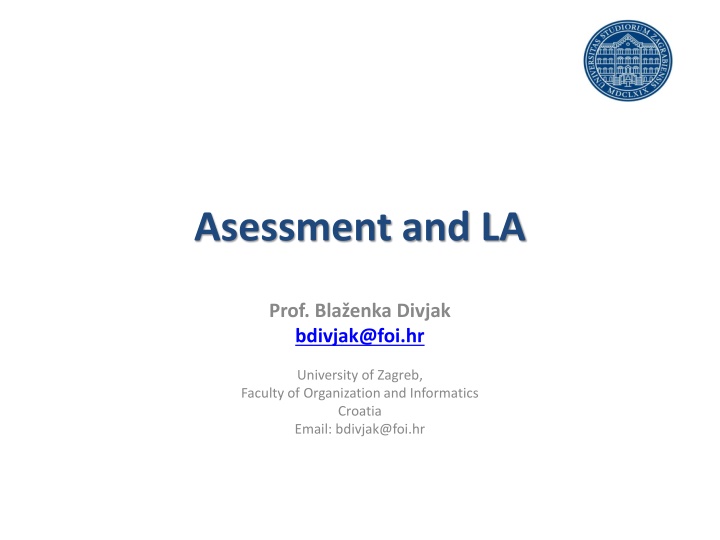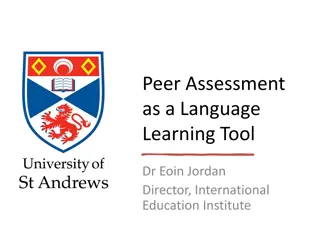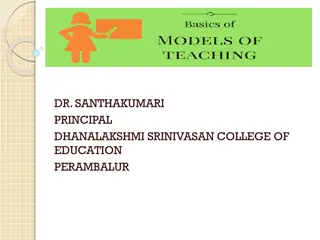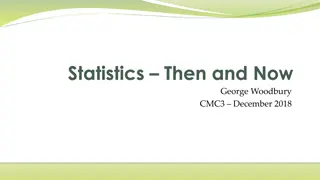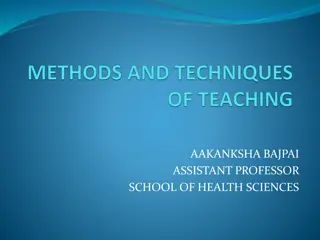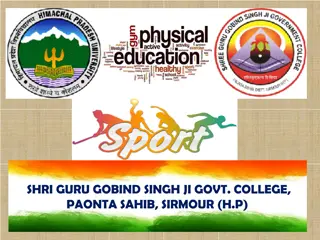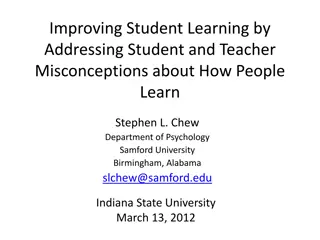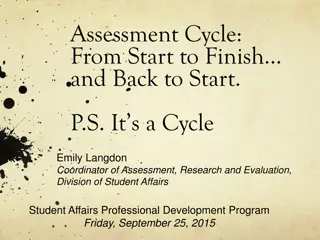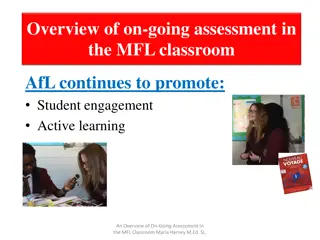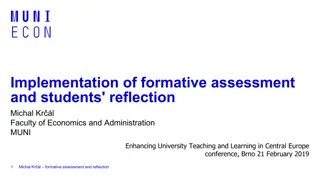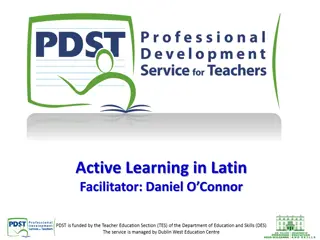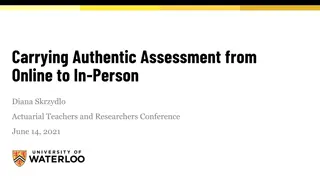Enhancing Teaching and Learning Through Assessment Methods
Effective teaching is underpinned by various forms such as subject knowledge, teaching methods, and understanding the relationship between learning and teaching. Assessment guides learning by encouraging deeper understanding, interdisciplinary approaches, and real-life applications. Two case studies in project management and informatics demonstrate the integration of blended learning, authentic tasks, and various assessment methods to enhance student learning outcomes.
Download Presentation

Please find below an Image/Link to download the presentation.
The content on the website is provided AS IS for your information and personal use only. It may not be sold, licensed, or shared on other websites without obtaining consent from the author.If you encounter any issues during the download, it is possible that the publisher has removed the file from their server.
You are allowed to download the files provided on this website for personal or commercial use, subject to the condition that they are used lawfully. All files are the property of their respective owners.
The content on the website is provided AS IS for your information and personal use only. It may not be sold, licensed, or shared on other websites without obtaining consent from the author.
E N D
Presentation Transcript
Asessment and LA Prof. Bla enka Divjak bdivjak@foi.hr University of Zagreb, Faculty of Organization and Informatics Croatia Email: bdivjak@foi.hr
Assessment What underpins effective teaching? Main forms are related to the subject teaching methods the ways in which students develop and learn (Calderhead, 1996) awareness of the relationship between learning and teaching ( learning moments ) (Entwistle, 2000) Assessment guides learning. Therefore: Teaching should encourage deeper learning Involvement of interdisciplinary approach Take into account real life authentic situations Assessment methods implemented problem posing and problem solving Assessment criteria should be aligned with intended learning outcomes
Two case studies Project management Master of entrepreneurship No of students >60, 4 teachers Blended learning Moodle + plug-ins Project teams work on authentic task Assessment criteria + weighted rubrics integrated feedback Self-assessment, peer-assessment, teacher-assessment LA - Consistency, validity, reliability of peer-assessment? Metrics to use geometry of LA? Discrete math with graph theory Master of Informatics No of students >120, 3 teachers Blended learning Moodle + plug ins Problem (authentic) posing and problem solving Assessment criteria + weighted rubrics (AHP method) LA identification of performance based on criteria, differences between groups (gender, previous study etc.) Correlation of authentic problem solving with other elements of assessment
Case 1: Non-structured mathematical problems and assessment Discrete Mathematics with Graph Theory (DMGT) the first year of master level of study programs Information Systems and Software Engineering at the Faculty of Organization and Informatics, University of Zagreb blended learning course Sylabus: discrete mathematics & graph theory and its applications 120 + students 1 professor + 2 teaching assistents
Constructive alignment on the course DMGT Study program learning outcome - relevant for the course Course specific learning outcome related to the study programme learning outcome Teaching and learning method Assessment method Student workload - ECTS credits Apply mathematical methods, models and techniques appropriate for solving problems in the field of information and business systems Solve real world problems in ICT with methods from graph theory and discrete maths (individually and in teams) Students work in teams of three on posing and solving authentic problems online work Teacher assessment and partially peer assessment of two stages of problem posing and problem solving based on prepared criteria and scoring rubrics 40 hours = 1.5 ECTS (approx. 20% of the course 7 ECTS)
Phases in problem solving on DMGT a problem is only a problem if you don t know how to go about solving it. A problem that has no surprises in store, and can be solved comfortably by routine or familiar procedures (no matter how difficult!) it is an exercise. (Schoenfeld A. ,1983.)
Assessment criteria I. Phase: II. Phase: 4. Linking given problems with theory of DMGT (modelling), Strategy of solving Characteristics of the solution Implementation of the solution and interpretation Written and oral presentation Teamwork 1. 2. 3. Problem relevance Problem description Characteristics of solution. 5. 6. 7. Rubrics 8. AHP group decison making on weights 9.
Case 2: Project management A student work on essay 10% of total grade Teams produce project - 30% of total grade Rubrics with weighted and discribed criteria Analysis on macro and micro level Peer assessment consistent on macro level in 85% Micro level? How to measure it? Geometry of LA Different metrics slightly differnt results interpretation?
Discussion bdivjak@foi.hr THANK YOU
